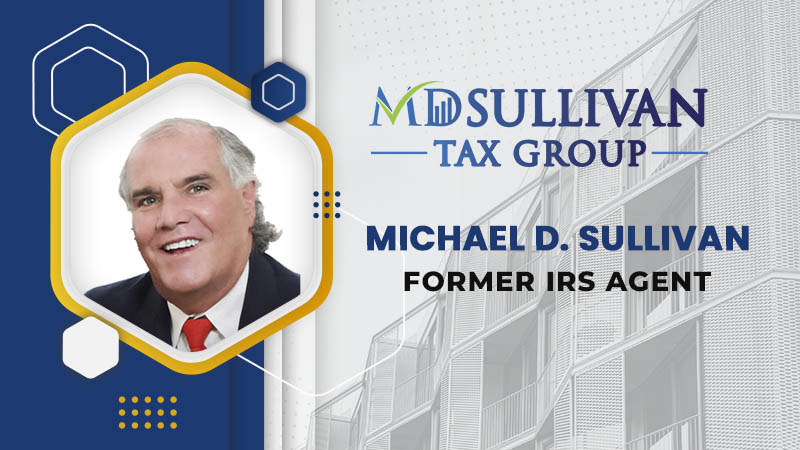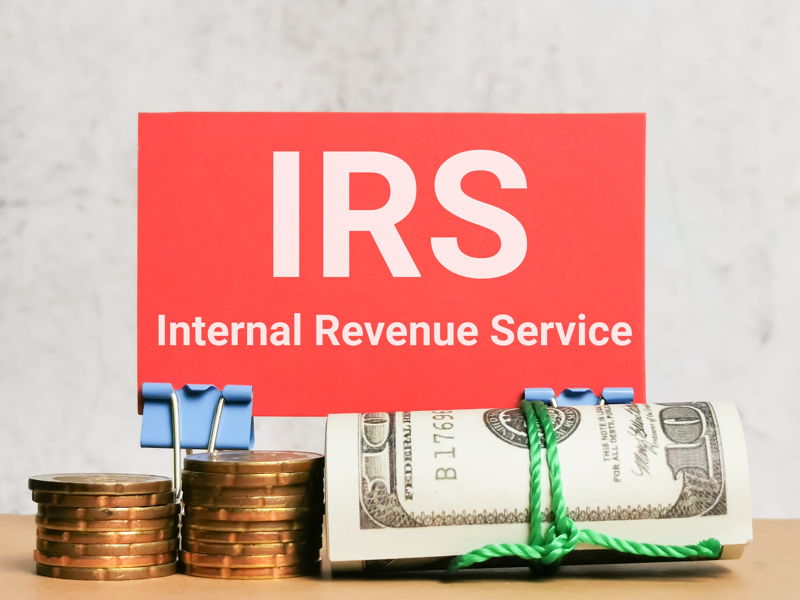Since the 1950s, Congress has allowed the Internal Revenue Service to levy your Social Security as well as disability. Affordable Help.
If you owe back tax, the IRS the situation is not going to go away and it needs to be addressed.
Generally, the IRS must wait at least 10 days from the date it sends a notice of intent to levy before it can make a seizure.The levying of your Social Security, bank account and wage garnishment is a chief collection tool of the Internal Revenue Service.
The IRS finds no joy in garnishing Social Security benefits from taxpayers it is the taxpayer who leaves them no choice.
After IRS sends out a series of letters and notices their enforcement computer, it automatically generates Social Security garnishments based on the immediate levy sources they have on the CADE 2 to computer.
Not a human hand touches this garnishment or levy notice it is all done systemically.
The Tax Notice
This notice must inform the taxpayer of his administrative appeal rights and options for entering into an installment agreement to avoid levy.
Once a notice of intent to levy is issued by the IRS to a taxpayer, and the taxpayer does not pay the taxes owed, the IRS is then free to levy against the taxpayer’s assets without any further notice.
The Internal Revenue Service collects billions of dollars by its levy, and garnishment enforcement.
As a former IRS agent and teaching instructor, I can tell you that IRS can and will levy your Social Security and disability if Necessary.
We can help get your Social Security check back from the Internal Revenue Service in full.
We know the exact process and the methodologies to recover your money as fast as humanly possible.
A simple phone call to the Internal Revenue Service with the right exit strategy can get IRS to stop all action and get your case settled or closed.
Please keep in mind, this is a continued garnishment and will not go away until IRS notifies the Social Security Administration.
If you have not responded to current IRS letters and notices you can expect a garnishment or levy to happen in your very near future. you to stay ahead of this and not behind it.
If you have received the notice or letter from the Internal Revenue Service they will levy Social Security do not wait. The next letter IRS sends will be to the Social Security Administration.
This is an issue you need to resolve now and it’s not going to go away.
The Internal Revenue Service will need to be called for this action to immediately stop.
Call us today and we can stop the Internal Revenue Service in their tracks and assure that you will receive your Social Security.
You will receive a letter in the very near future at some of your Social Security will be missing.
The reason IRS is sending this letter/notice out if you have an ongoing collection matter that has not been resolved or you’ve not followed up to take care of the current outstanding balance that you have with IRS.
As a former IRS agent, we used to levy Social Security benefits just to get the taxpayers attention so they would deal with us and take care of their outstanding balances with IRS.
Many people do not have the means to take care of their current IRS problem or situation so there are other ways that IRS can close your case out in which you can keep all of your Social Security.
The Internal Revenue Service has a very specific manner in which they will deal with determining how IRS will work your case.
IRS will take a current financial statement on you and determine whether you are a hardship candidate, a payment candidate, or you can settle your debt for pennies on the dollar.
That financial statement will need to be documented with copies of bank statements, verification of income, verification of expenses, and an exit strategy from the taxpayer.
Many people who are receiving Social Security and who owe IRS taxes have no ability to pay IRS off and are placed into the currently not collectible status.Remember the IRS does not know what your financial condition is so through our representation we can resolve your IRS case by giving them the true facts of your current financial condition.
Did You Receive From Notice from the IRS
What this notice is about???
IRS is notifying you of our intent to levy up to 15% of your social security benefits for unpaid taxes.
• Read your notice carefully. It explains our actions.
• Pay what you owe.
• Request a payment plan if you can’t pay the full amount you owe.
You may want to
• Learn how to request a payment plan.
• Learn how to submit an Offer in Compromise.
Answers to the common question
1. Should I contact the Social Security Administration (SSA)?
No, contact the number listed on the notice. The SSA can’t stop the levy or assist you in resolving the tax issue.
Please keep in mind the Social Security Administration will have nothing to do if you were to call them.
All correspondence must be resolved through the Internal Revenue Service.
It’s best to have former IRS agents, managers, and teaching instructors to deal with this problem because simply put we know the system.
If the Internal Revenue Service levied or took your Social Security check call us today.
We can stop IRS and settle your case all at the same time.
Social Security Garnished by IRS? How to Stop IRS Tax Levy On Benefits * former irs
Frequently Asked Questions
Yes, the IRS can legally garnish your Social Security payments if you owe back taxes. This process is known as a Social Security tax levy.
It typically starts after the IRS sends a series of notices, including a final notice of intent to levy.
If no action is taken, the IRS will begin garnishing your Social Security under the Federal Payment Levy Program.
This means the IRS doesn’t need to go through court; they simply notify the Social Security Administration, and the garnishment begins automatically.
The IRS can take up to 15% of your monthly Social Security benefits through a levy, which applies to both retirement and disability payments. If you’ve received a notice, it may result in the IRS garnishing Social Security until the issue is addressed.
It’s important to understand:
- The garnishment continues each month until the balance is cleared.
- The IRS sends a notice only once before the levy starts—there are no repeated warnings.
- If you act quickly, you may be able to stop the garnishment before it begins or reduce its impact with the right IRS tax levy relief strategies.
To stop Social Security garnishment, you need to contact the IRS immediately and explore available resolution options. Depending on your situation, you may be able to:
- Pay the debt in full (if possible).
- Request a payment plan or installment agreement.
- Submit an Offer in Compromise (if eligible).
- Prove financial hardship and request currently not collectible status.
Often, a simple phone call with the right documentation and representation can pause or lift the levy. If you’re unsure where to start, working with a tax professional who knows the system can help you get IRS tax levy relief quickly.
No, they are not fully protected. The IRS can garnish Social Security Disability Insurance (SSDI) benefits just like regular retirement benefits.
This falls under the same Social Security tax levy program.
However, Supplemental Security Income (SSI) is typically exempt from IRS garnishment.
If you rely on disability income and can’t afford to pay back taxes, you may be eligible for hardship status IRS, which can stop the garnishment and protect your limited income.
Here’s a general step-by-step guide to help you stop a Social Security levy:
- Review the IRS Notice: Understand what you owe and what deadlines apply.
- Gather Your Financial Information: This includes income, expenses, and bank statements.
- Contact the IRS: Call the number listed on your IRS notice to discuss your case directly. However, for the best outcome, consider working with Mr. Michael Sullivan, a former IRS agent with deep knowledge of the system.
- Submit a Resolution Option, such as:
- A payment plan.
- An Offer in Compromise.
- A request for hardship status.
- Wait for Confirmation: Once approved, the IRS will notify the Social Security Administration to lift the garnishment.
Getting IRS tax levy relief is possible, but timing and proper documentation are key.
Yes, many taxpayers, especially those on a fixed income, qualify for hardship status with the IRS. This means you’re not able to pay your tax debt without causing financial harm.
To apply for hardship status, you’ll need to:
- Complete a financial statement (Form 433-A or 433-F).
- Provide documents like:
- Pay stubs or proof of benefits.
- Monthly expense breakdown.
- Recent bank statements.
Once approved, your account is marked “currently not collectible,” and the IRS will stop Social Security garnishment and other collection actions.
Keep in mind, this doesn’t erase the debt—it just pauses collection until your situation improves.



